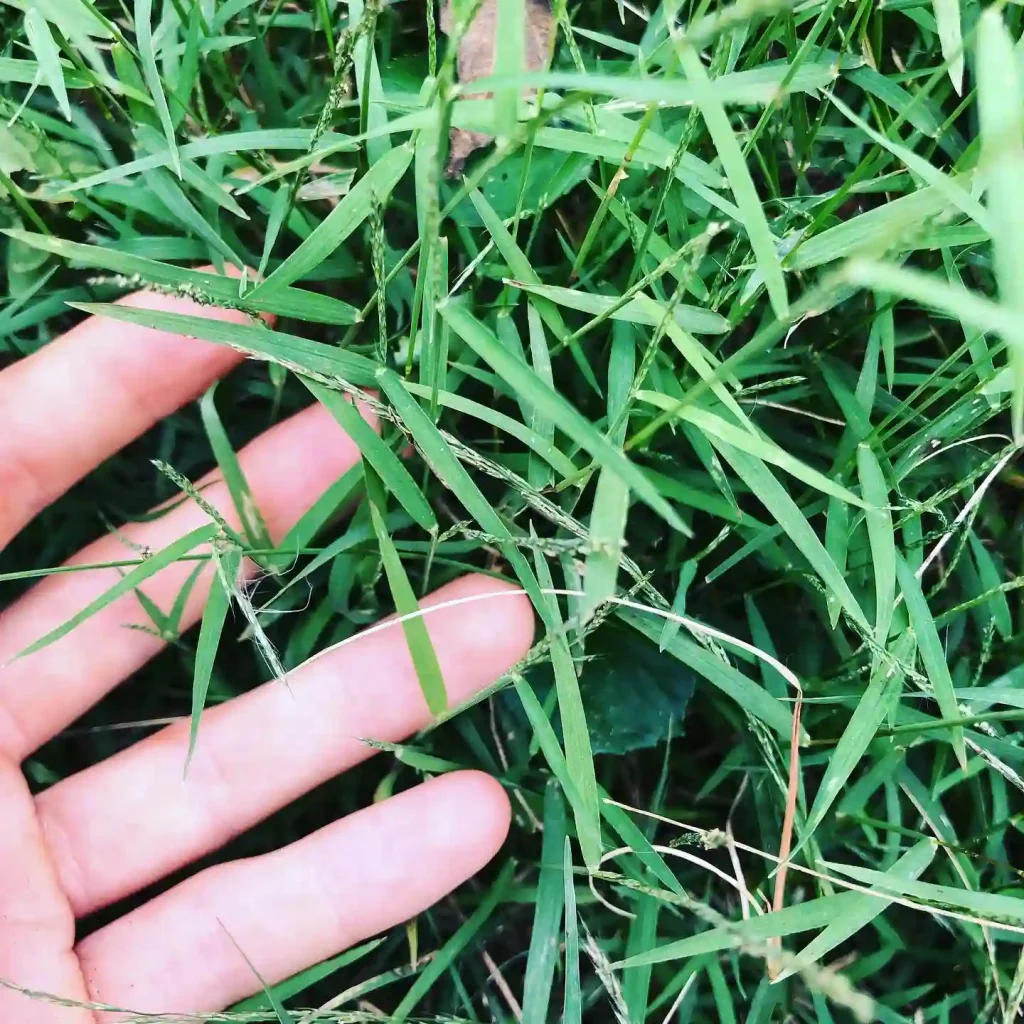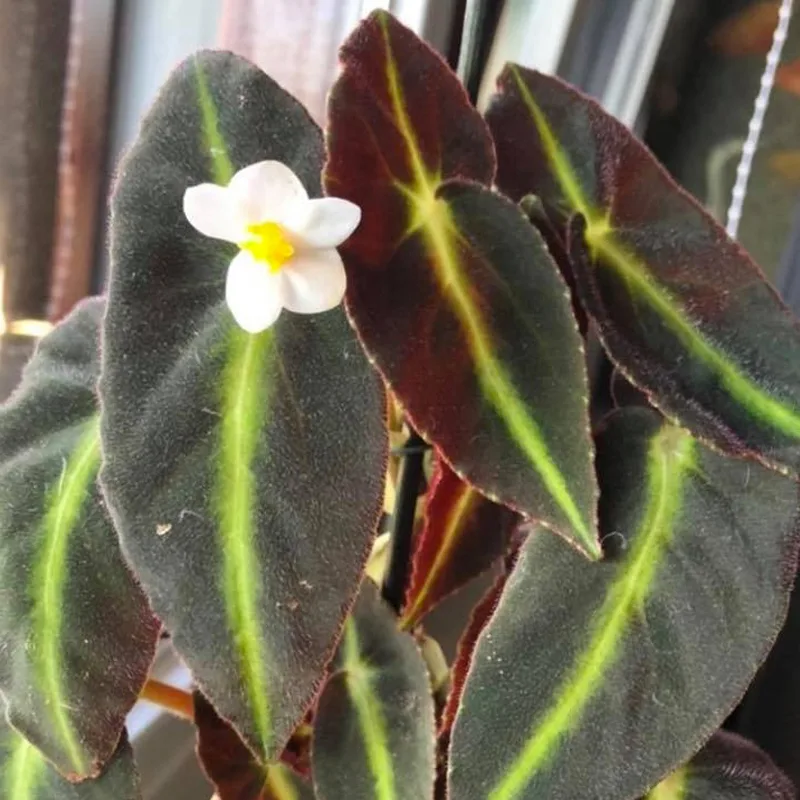
June 27 – Fuchsia
"Fuchsia, the dancing flower, defines June 27."
Fuchsia symbolizes joy and energy. You have a vibrant personality, bringing life and movement to every room. Like its vivid blooms, you are a source of delight and wonder.
Falling for Fuchsia: A Personal Exploration
My name is Ferb Vu, and I’ve always been drawn to the vibrant hues and delicate forms of the natural world. Lately, I’ve found myself captivated by a particular genus of flowering plants: Fuchsia from the Onagraceae family. With their pendulous blooms that resemble dancing ballerinas, Fuchsias bring an unparalleled touch of elegance and whimsy to any garden. Join me as I delve into the fascinating world of these captivating plants.
Fuchsia Species
While the genus boasts over 100 species, some have gained particular popularity due to their beauty, hardiness, or unique characteristics. Here are:
- Fuchsia abrupta I.M.Johnst.
- Fuchsia alpestris Gardner
- Fuchsia ampliata Benth.
- Fuchsia andrei I.M.Johnst.
- Fuchsia apetala Ruiz & Pav.
- Fuchsia aquaviridis P.E.Berry
- Fuchsia arborescens Sims
- Fuchsia austromontana I.M.Johnst.
- Fuchsia ayavacensis Kunth
- Fuchsia × bacillaris Lindl.
- Fuchsia boliviana Carrière
- Fuchsia bracelinae Munz
- Fuchsia brevilobis P.E.Berry
- Fuchsia campii P.E.Berry
- Fuchsia campos-portoi Pilg. & G.K.Schulze
- Fuchsia canescens Benth.
- Fuchsia caucana P.E.Berry
- Fuchsia ceracea P.E.Berry
- Fuchsia cestroides Schulze-Menz
- Fuchsia chloroloba I.M.Johnst.
- Fuchsia cinerea P.E.Berry
- Fuchsia coccinea Aiton
- Fuchsia cochabambana P.E.Berry
- Fuchsia × colensoi Hook.f.
- Fuchsia confertifolia Fielding & Gardner
- Fuchsia coriaceifolia P.E.Berry
- Fuchsia corollata Benth.
- Fuchsia corymbiflora Ruiz & Pav.
- Fuchsia crassistipula P.E.Berry
- Fuchsia cuatrecasasii Munz
- Fuchsia cyrtandroides J.W.Moore
- Fuchsia decidua Standl.
- Fuchsia decussata Ruiz & Pav.
- Fuchsia denticulata Ruiz & Pav.
- Fuchsia dependens Hook.
- Fuchsia encliandra (Zucc.) Steud.
- Fuchsia excorticata (J.R.Forst. & G.Forst.) L.f.
- Fuchsia × experscandens Allan
- Fuchsia ferreyrae P.E.Berry
- Fuchsia fontinalis J.F.Macbr.
- Fuchsia fulgens Moc. & Sessé ex DC.
- Fuchsia furfuracea I.M.Johnst.
- Fuchsia garleppiana Kuntze & Wittm.
- Fuchsia gehrigeri Munz
- Fuchsia glaberrima I.M.Johnst.
- Fuchsia glazioviana Taub.
- Fuchsia harlingii Munz
- Fuchsia hartwegii Benth.
- Fuchsia hatschbachii P.E.Berry
- Fuchsia hirtella Kunth
- Fuchsia huanucoensis P.E.Berry
- Fuchsia hypoleuca I.M.Johnst.
- Fuchsia inflata Schulze-Menz
- Fuchsia jimenezii Breedlove, P.E.Berry & P.H.Raven
- Fuchsia juntasensis Kuntze
- Fuchsia kirkii Hook.f. ex Kirk
- Fuchsia lehmannii Munz
- Fuchsia llewelynii J.F.Macbr.
- Fuchsia loxensis Kunth
- Fuchsia lycioides Andrews
- Fuchsia macropetala C.Presl
- Fuchsia macrophylla I.M.Johnst.
- Fuchsia macrostigma Benth.
- Fuchsia magdalenae Munz
- Fuchsia magellanica Lam. Plant FAQs: Fuchsia Magellanica – Hummingbird Fuchsia
- Fuchsia mathewsii J.F.Macbr.
- Fuchsia membranacea Hemsl.
- Fuchsia mezae P.E.Berry & Hermsen
- Fuchsia microphylla Kunth
- Fuchsia nana P.E.Berry
- Fuchsia nigricans Linden ex Planch.
- Fuchsia obconica Breedlove
- Fuchsia orientalis P.E.Berry
- Fuchsia ovalis Ruiz & Pav.
- Fuchsia pachyrrhiza P.E.Berry & B.A.Stein
- Fuchsia pallescens Diels
- Fuchsia paniculata Lindl.
- Fuchsia parviflora Lindl.
- Fuchsia perscandens Cockayne & Allan
- Fuchsia petiolaris Kunth
- Fuchsia pilaloensis P.E.Berry
- Fuchsia pilosa Fielding & Gardner
- Fuchsia polyantha Killip ex Munz
- Fuchsia pringsheimii Urb.
- Fuchsia procumbens R.Cunn.
- Fuchsia putumayensis Munz
- Fuchsia ravenii Breedlove
- Fuchsia regia (Vand. ex Vell.) Munz
- Fuchsia rivularis J.F.Macbr.
- Fuchsia salicifolia Hemsl.
- Fuchsia sanctae-rosae Kuntze
- Fuchsia sanmartina P.E.Berry
- Fuchsia scabriuscula Benth.
- Fuchsia scherffiana André
- Fuchsia sessilifolia Benth.
- Fuchsia simplicicaulis Ruiz & Pav.
- Fuchsia splendens Zucc.
- Fuchsia steyermarkii P.E.Berry
- Fuchsia summa P.E.Berry
- Fuchsia sylvatica Benth.
- Fuchsia thymifolia Kunth
- Fuchsia tillettiana Munz
- Fuchsia tincta I.M.Johnst.
- Fuchsia triphylla L.
- Fuchsia tunariensis Kuntze
- Fuchsia vargasiana Munz ex Vargas
- Fuchsia venusta Kunth
- Fuchsia verrucosa Hartw. ex Benth.
- Fuchsia vulcanica André
- Fuchsia wurdackii Munz
How to care for a fuchsia plant?
Caring for a fuchsia plant has been a delightful yet careful journey for me. I start by making sure it’s planted in well-draining soil because they hate having “wet feet.” Watering regularly is crucial, but I always let the top inch of soil dry out before the next watering. Feeding the plant with a balanced liquid fertilizer every couple of weeks during the growing season keeps it healthy and vibrant. I also make sure to pinch back the stems occasionally to encourage bushier growth and more flowers.
Do hummingbirds like fuchsia?
Watching hummingbirds dart around my fuchsia plants is one of my favorite sights. These little birds are absolutely drawn to the vibrant, pendulous blossoms of the fuchsia. It’s almost like they can’t resist the tubular shape and bright colors, which are perfect for their long beaks. I love sitting on my porch in the morning, coffee in hand, as they flit from flower to flower.
How to keep fuchsia flowering?
Keeping my fuchsia flowering all season involves a bit of diligence. Deadheading spent blooms is a must to encourage new ones to form. I also keep an eye on the watering schedule, ensuring it’s consistent but not excessive. Every few weeks, I give them a boost with some bloom-boosting fertilizer. Ensuring they get enough light, but not too much direct sun, helps keep them in a happy, flowering state.
How to propagate fuchsia?
I’ve had success propagating fuchsia through cuttings. I usually take a healthy, non-flowering stem and cut it just below a leaf node. After removing the lower leaves, I dip the cut end in rooting hormone and plant it in a pot with moist, well-draining soil. Covering the pot with a plastic bag to create a mini-greenhouse helps retain moisture and encourages rooting, which typically happens in a few weeks.
Are fuchsia perennial?
Fuchsia plants can be perennial, depending on the climate. In my area, where winters are relatively mild, they come back year after year. However, in colder regions, they might need to be treated as annuals or brought indoors during the winter. I mulch the base of the plant to protect the roots during cooler months, ensuring they survive and thrive come spring.
Does fuchsia like sun or shade?
From my experience with growing fuchsia, I’ve found that it prefers a spot with partial shade. When I first started gardening, I placed my fuchsia in an area that got full sun, thinking it would thrive. However, the intense sunlight caused the leaves to wilt and the flowers to fade more quickly. Since then, I’ve moved it to a spot where it gets dappled sunlight in the morning and shade in the hot afternoon, and it has been doing much better. The flowers are more vibrant, and the plant looks healthier overall.
Can fuchsia be in full sun?
In my garden, I’ve learned that while fuchsia can tolerate some full sun, especially in cooler climates, it generally doesn’t do well in the intense, direct sunlight of midday and afternoon. I’ve seen that the leaves can scorch and the plant becomes stressed if it’s exposed to too much sun. Therefore, I prefer to give my fuchsia a location where it’s protected from the harshest rays, ensuring it gets enough light to bloom beautifully without getting damaged. It’s all about finding that perfect balance to keep the plant happy and thriving.
Do deer eat fuchsia?
Luckily, I haven’t had many problems with deer munching on my fuchsia. From what I’ve read and observed, deer tend to leave them alone, preferring other plants. It’s a relief because my garden is quite open and some plants have fallen victim to deer in the past. Fuchsias seem to be a safe bet in this regard.
If i die, water my plants!



